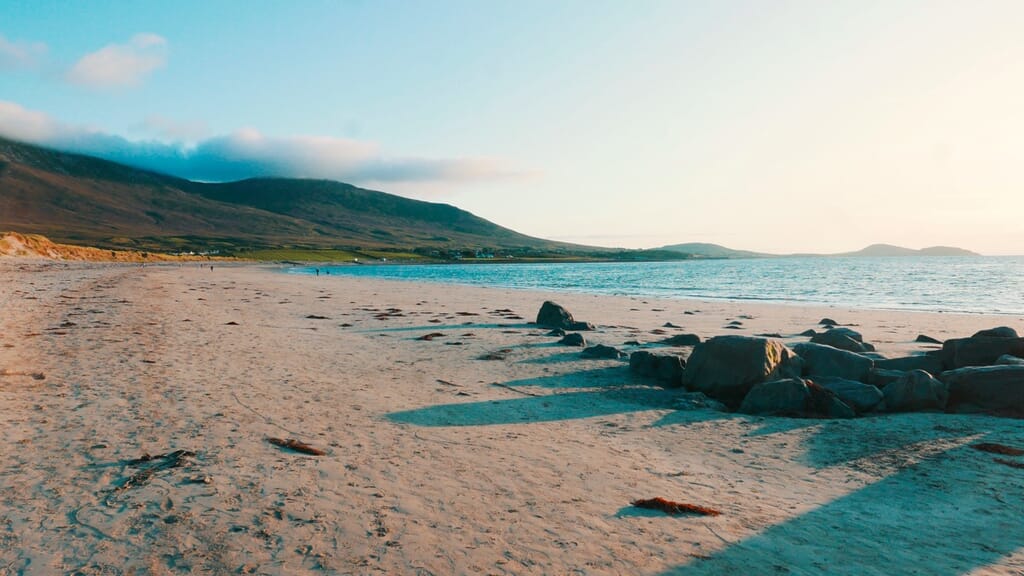
The Wild Atlantic Way is a 2500 km Irish coastal route of epic proportions. Almost every mile of this single road (which is the world’s longest defined coastal touring route) offers up a feast worthy of all your senses: from blisteringly high cliffs, peaks and stacks to heart-flipping beaches, surf spots and ocean vistas.
Starting in Derry/Londonderry on Ireland’s wild north-west corner, the Wild Atlantic Way route trickles down through a menagerie of landscapes and counties, coming to rest, finally, in Kinsale in County Cork.
Along the route, surprising and spectacular places to visit on the West Coast of Ireland lure you from your car, including small Irish villages serving up some of the freshest seafood and the most stunning towns on the Wild Atlantic Way alive with song and spirit.
“A journey on the Wild Atlantic Way Route is not just any road trip: it’s a path through the soul of the west coast of Ireland. One that takes you into a hard land, once thought to be the edge of the known world, where nature stands fast against the elements, then turns warm and welcoming the moment you venture indoors. Yes, this is a trip that not only leaves multi-coloured memories in your mind, it leaves footprints on your heart.”
I followed the Wild Atlantic Way Route from Derry to Cork over the course of 8 days (let’s call it one very long weekend trip). Although I didn’t tick off the entire six zones of the designated route, I did dip a toe into enough of this incredible island to leave it firmly imprinted on my being. So much so, that I urge you to put this particular Ireland road trip at the top of you must-do list – and use the itineraries below to help you fall for its charms and uncover its secrets, whether you’re in or out of your car. If you don’t want to drive, check out more ways to travel in Ireland.
Wild Atlantic Way – Section 1:
The Northern Headlands
Co. Donegal to Co. Sligo (Approx. 2 days)
About the Northern Headlands
The Wild Atlantic Way begins in County Antrim, Northern Ireland (or ends, depending on which way you go). The route then runs upwards to the wild north-western corner of County Donegal, where the landscape is savage, rugged and almost inhospitable at times with its unforgiving weather. Yet it’s mesmerising too, with intensely white sand beaches, powder blue sea and bracing salted air. Head along County Donegal’s jagged coast towards Sligo and, on the way, you’ll encounter sheer cliffs, glorious mountain passes, bog hills, traditional communities, and magical waterfalls.
Your Route
Derry – Downings – Ardara – Glencolmcille – Slieve League – Sligo
Your Itinerary
START HERE – Derry/Londonderry, Co. Antrim
Start your trip in Derry/Londonderry, the fourth largest city in Ireland and the second largest in the North. It’s a town with two names: Nationalists call it Derry, Unionists call it Londonderry, whilst others call it ‘Stroke City’. And it’s a town with a brutal history: it’s synonymous with the Troubles and a litany of bloody events such as Bloody Sunday. If you’re interested in the town’s political history, take a tour of the Catholic Bogside, where the Battle of the Bogside took place in 1968. The town’s political murals, including the famous ‘Free Derry’ sign, are still visible today. Alternatively, walk the 17th century city walls and grab a drink in one of Derry’s lively pubs.
DO THIS – Skinny dip on the Rosguill Peninsula, Co. Donegal
Leave Derry and head north towards Rosguill peninsula. This thick spit of land is heavy with folklore and laden with natural beauty. At the tip of the peninsula is The Downings, a fun, lively spot with sweeping beaches that flood with holidaymakers in the summer. Stop here for a drink then opt for real isolation at Gort na Luchóg, a beach just 11 mins drive from The Downings. Here you’ll get the dramatic powdery coast all to yourself out of season – so be brave: clothes off and dive in.
Coppa feel of Donegal Tweed, Co. Donegal
Ardara (pronounced arda-rah) is a welcoming, friendly heritage town and the heart of County Donegal’s tweed industry. There are several family-run weavers still operating so be sure to grab a chance to see them at work close-up. Head to the Ardara Heritage Centre to learn the story of Donegal tweed, from sheep shearing to weaving. Before you go, it’s also worth checking out the town’s festivals that run throughout the year in case there’s one during your visit.
Strike a pose at Assaranca Waterfall, Co. Donegal
From Ardara, head 8km on a blissfully scenic drive to Assaranca Waterfall (Eas a’ Ranca in Gaelic). Set off the main road, it makes a perfect pitstop to stretch your legs, snap some photos or even take a dip, as a group of girls did when we arrived. It may not be Niagara Falls, but after heavy rain the peat-brown water cascades ferociously into the pool below, making quite a splash. Should you wish to stretch your legs some more, the epic sands of Maghera Beach are nearby.
SEE THIS
The magnificence of the Glengesh Pass, Co. Donegal
Meaning ‘Glen of the Swans’, the sinuous Glengesh Pass is one of Donegal’s most jaw-dropping drives. It climbs steadily up from Ardara through the high mountains of Ghleann Gheis and Mulmosog, passing remote farming cottages and sprinkles of sheep, towards Glencolmcille. It’s a windy, yet peaceful route over 274.32 metres above sea level with a few passing places where you can hop out to swoon at the magnificent views behind you.
Glencolmcille’s Folk Village, Co. Donegal
Slip from the Glengest Pass into the isolated village of Glencolmcille. Stay a while, then head for the charming Father McDyer’s Folk Village – a cluster of six traditionally thatched white cottages 3km outside the village. Frozen in time, each cottage represents a different period of Irish history, giving you a glimpse into the daily lives of the hardworking families who once populated rural Ireland. Order a pot of tea and homemade Brambrak, laden with butter in the café, before climbing back into your car.
Slieve League (Sliabh Liag) Cliffs, Co. Donegal
Although the Cliffs of Moher are more widely known, the Slieve League Cliffs are higher – the highest in Europe, in fact (and you don’t have to pay to see them unlike the Cliffs of Moher). Find the Slieve League Cliffs on the south-west coast of Donegal, rising out of the steely Atlantic sea some 600m. The views are magnificent, but not easy to get to if, like us, you parked a couple of miles away from leg-wobbling high-top of Sliabh Liag. The hike is worth it, or so I’m told (I walked back to the car to get out the rain!)
DRINK THIS
An Irish Coffee at the Rusty Mackerel, Co. Donegal
At the foot of Sliabh Liag, a warm welcome awaits. The Rusty Mackerel is a traditional Irish pub popular with locals and tourists alike, offering up good craic, homemade food and a great selection of local craft beers, as well as the legendary ‘Silkie’ Irish Whiskey and an Dúlamán Maritime Gin (distilled less than a mile away). Live music – ceol – plays 7 nights a week, complete with Irish dancing. And if you have one too many Irish coffees, there are two stylish guest rooms upstairs.
FINISH HERE
The Beach Bar, Aughris, Co. Sligo
With its neatly-thatched roof, white walls and lipstick-red windows, the Beach Bar in Aughris is everything you don’t expect from a beach bar.
Forget surf dudes and trendy cocktails, here the vibe is chilled the Irish way: music plays, locals joke, seafood comes fresh and the Guinness flows freely.
Outside, waves crash onto a pebble and sandy beach and locals walk the cliffs. The owners also run a B&B next door, plus there’s an adjacent campsite where you can watch the sun set on part one of your Wild Atlantic Way route.
Book to stay here: The Water’s Edge, Aughris
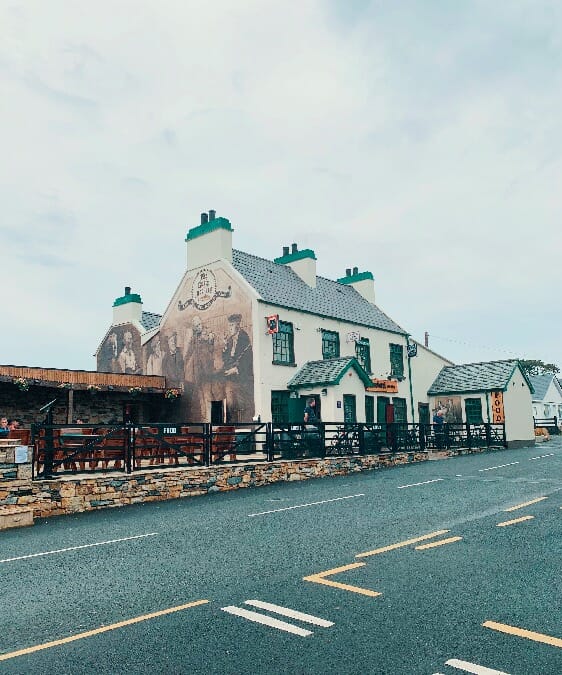
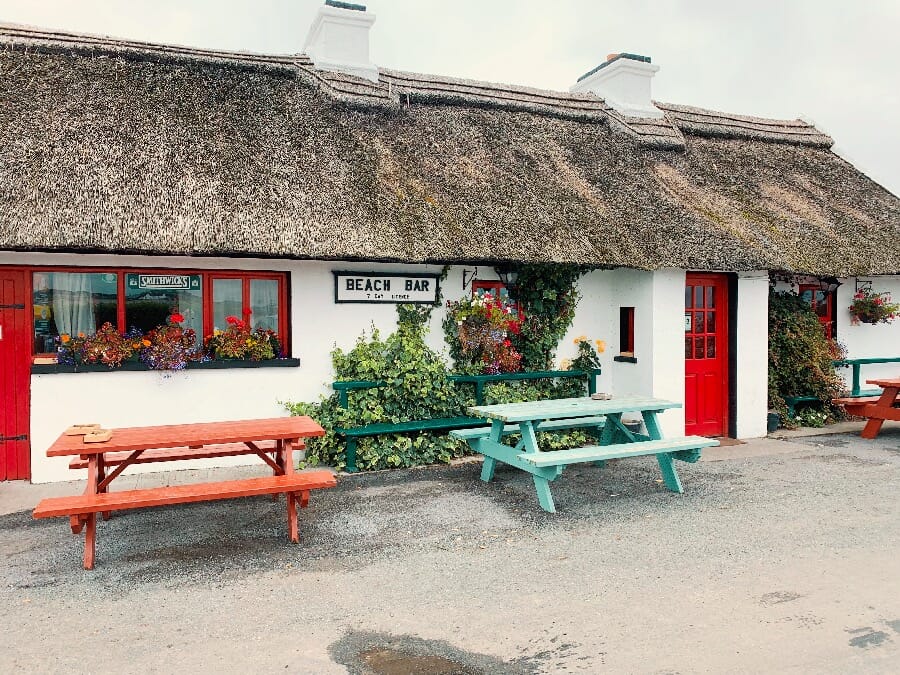
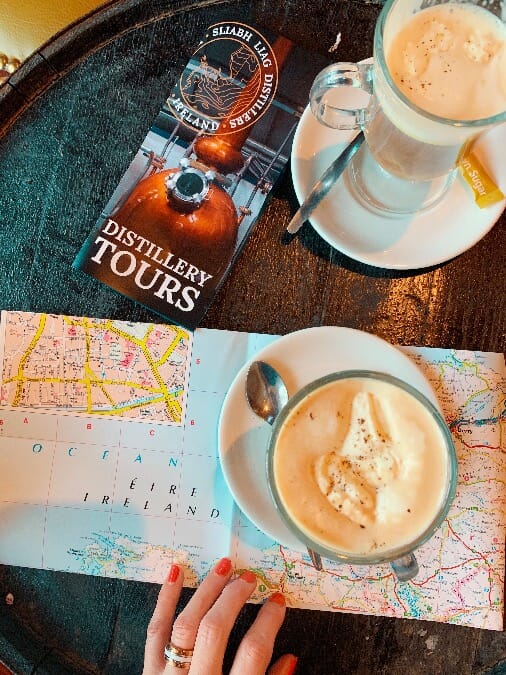
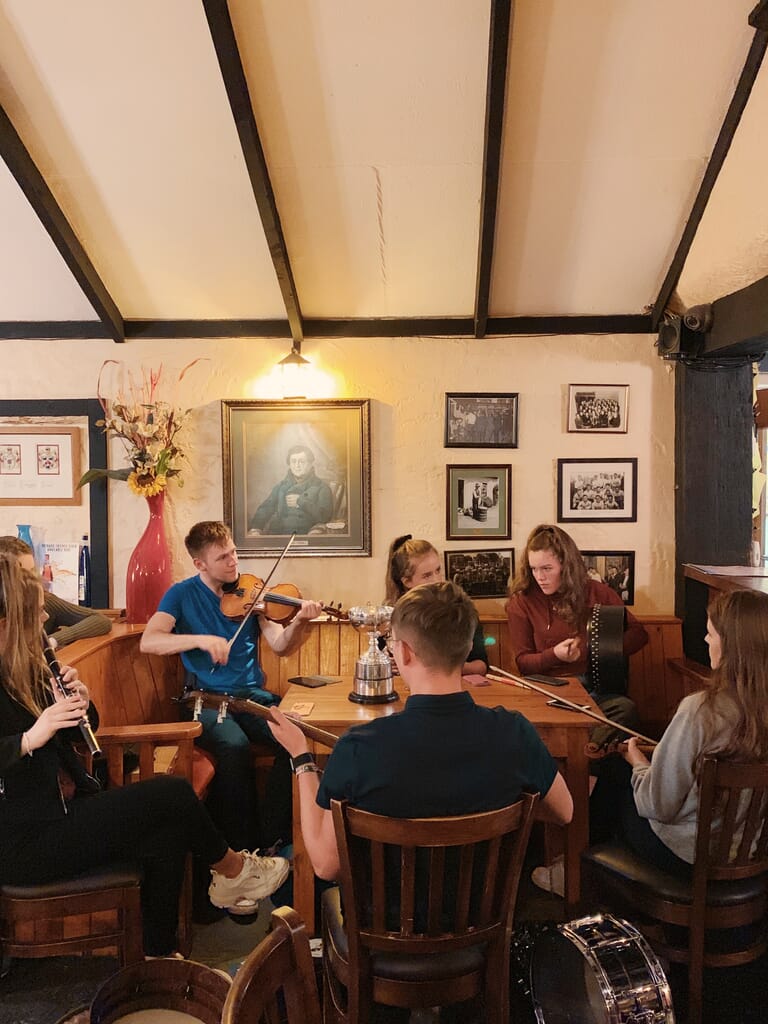
Donegal tours you might like:
Wild Atlantic Way – Section 2:
The Surf Coast
Co. Sligo to Co. Mayo (Approx. 2 days)
About the Surf Coast
On this crushing stretch of coast from County Sligo to County Mayo, the swells loom large and surfers try their luck. Two beaches in particular – Bundoran and nearby Mullaghmore Head – draw adventurers from around the world both for professional surf events and personal surf bests. But it’s not just the beaches that dominate here; beyond the huge sand banks the landscape is tough, with colossal mountains that rise and fall telling tales from Ireland’s Neolithic past and carrying ghosts from Ireland’s devastating famine.
Your Route:
Sligo – Downpatrick Head – Westport – Clew Bay – Croagh Patrick – Bertra Beach
Your Itinerary
START HERE
Sligo
Much-loved by poet and dramatist William Butler (WB) Yeats, Sligo is a low-key town straddling the fat, fast waters of Garavogue River. This small port puffs with pride thanks to its literary roots and everywhere you go in town there are inscriptions and commemorations to W.B. Yeats. Although it sleeps deeply in the winter, in summer Sligo’s streets fill with people and life blooms. Whilst you’re there, tour the locations that inspired Yeats and visit the Yeats’ Memorial Building.
DO THIS
Eat moules frites at Haragons, Co. Sligo
For food in Sligo, my Marco Polo Pocket Guide to Ireland recommended Haragons Pub – which didn’t disappoint. It has been serving craic for 150 years without complaint. Think peat fire, uneven floors, cosy wood panelled booths, and gastro-quality food. My tip? Dive headfirst into the moules frites and you won’t leave hungry.
Gasp at Downpatrick Head, Co. Sligo
Down the coast, an hour and a half away from Sligo, towers the mighty Downpatrick Head. It’s on this headland that Ireland’s patron saint, St. Patrick founded his church; the ruins of a later church, a cross and a holy well still survive here despite the inhospitable location. The views across the Atlantic from this spot 40 metres up are staggering. Nearby, a muscle stack of rock rises from the spray: this is Dún Briste sea stack, with its different coloured layers of rock and nesting sea birds.
Visit Rockfleet Castle, Co. Mayo
Built in the mid-16th century, Rockfleet Castle (also known as Carrickahowley Castle) is a lonely stone tower just west of Newport on the Wild Atlantic Way route. It stands solemnly on the mouth of an inlet and, in truth, isn’t much to look. But the castle’s link to the notorious pirate queen, Grace O`Malley (or Granuaile), makes it worth stopping for. Now an Irish folk hero, Grace lived at the castle during the latter half of the 16th century and fought off an English siege here in 1547.
GO HERE
Westport, Co. Mayo
With row upon row of brightly-coloured buildings, the town of Westport warms any heart even in the depths of winter. With a cosmopolitan vibe that’s made for locals, not tourists, it comes with cheerful tree-lined streets, pretty stone bridges, and a flurry of independent shops, restaurants and pubs. Find it kissing the south east shores of Clew Bay and shadowed by the protective silhouette of nearby Croagh Patrick.
Matt Molloys, Wetsport, Co. Mayo
The fife player from Irish folk band, the Chieftains, runs this joyful Westport pub (recommended by my Marco Polo Pocket Guide to Ireland). Stroll in any time of day or night and you’ll be made to feel like one of the locals. Pictures crowd the walls and chat crowds the air. We swung by on a Sunday afternoon, grabbed a stool in a free corner and just let the live music roll around us. Believe me, it was very hard to leave.
SEE THIS
Clew Bay from Croagh Patrick
The best way to see the 365 whale-back islands that scatter Clew Bay is, I’m told, from on high. For that, climb Ireland’s holiest mountain, Croagh Patrick (also known as ‘the Reek’) which overlooks Clew Bay. But be warned: it’s a tricky 772m to navigate (which is why I preferred to stay grounded). The climb doesn’t put off pilgrims, however, who come on the last Sunday of July every year, to follow in the footsteps of St Patrick – who fasted for 40 days and nights and banished venomous snakes on the mountain.
Clare Island
Dwarfing the other islands in Clew Bay, 5km offshore, is Clare Island. It’s here that the pirate queen you met earlier is buried and where you can trace even more vestiges of Ireland’s past: from the remains of the Neolithic and Bronze Age, to rare medieval wall paintings in the 14th century abbey. The island is also famed for its natural beauty, sublime beaches, lively festivals and nightlife, as well as rare flora and fauna. An all-year round ferry service runs to the island.
TRY THESE
Oysters at Crohin’s Sheebeen, Co. Mayo
Sitting pretty overlooking a sandy inlet of Clew Bay in Rosbeg, is Crohnin’s Sheebeen – an immaculately thatched pub that’s renowned for serving award-winning food. Book ahead, then take a table by a window for the views. The atmosphere is more refined than that of the raucous foot-tapping pubs on the Wild Atlantic Way route, but no lesser because of it. The menu is local, simple and reflects the area – I recommend the oysters, if they’re available, or the fresh Clew Bay seafood chowder.
FINISH HERE
Bertra Beach, Co. Mayo
With its wide sand flats and weighty sand dunes, Bertra Beach is easily as impressive as Croagh Patrick that peeks over its shoulder. Find it on Clew Bay’s southern shore, with views over to Clare Island. This Blue Flag beach is loved by dog walkers, kite surfers and bird watchers, and makes the ideal spot for sundowners to toast a great end to part two of your Wild Atlantic Way route.
Book to stay here: Bertra House B&B
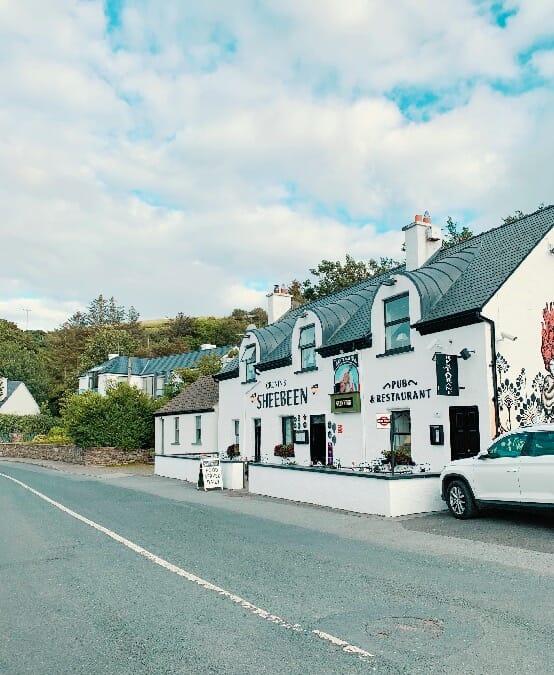
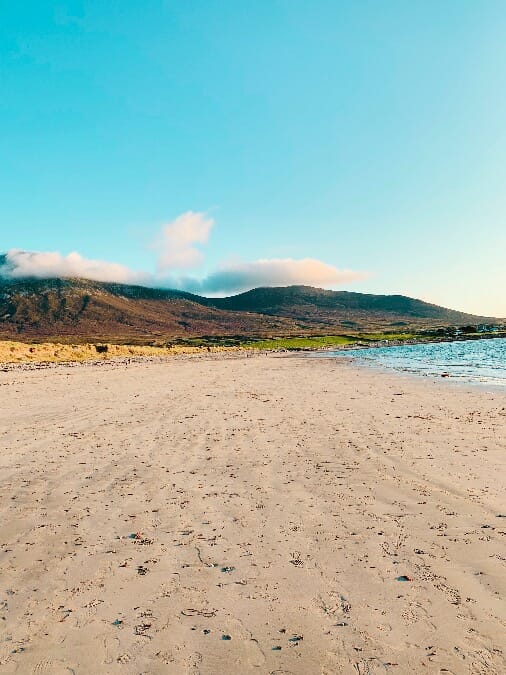
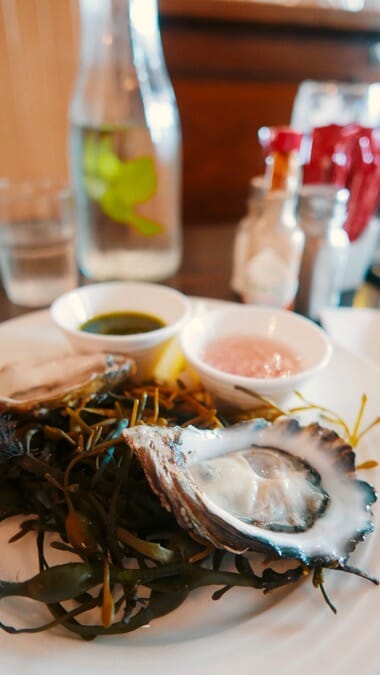
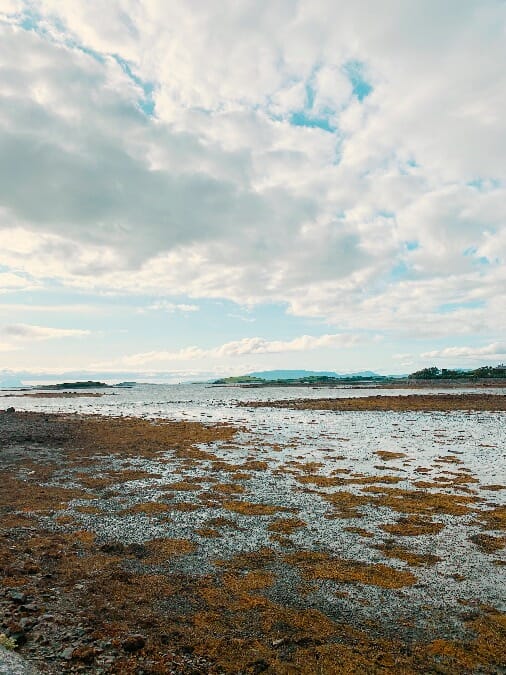
Sligo and Mayo tours you might like:
Wild Atlantic Way – Section 3:
The Bay Coast
Co. Mayo to Co. Galway (Approx. 1 – 2 days)
About the Bay Coast
This section of the Wild Atlantic Way route sweeps you around bays and loughs, past offshore islands and coves, and across the mountains and blanket bogs that sit at the heart of Connemara – a western district in County Galway. From there, you tumble towards its namesake city, arriving to a place where the beauty comes not from the landscape, but from the colourful buildings, the congenial vibe and the unique characters who are waiting for you inside every bar.
Your Route
Bertra Beach – Doolough Valley – Killary Fjord – Sky Road – Galway
Your Itinerary
DO THIS
Take a guided tour of the Lost Valley, Co. Mayo
Until the middle of the 19th century, the Lost Valley of Uggool was home to a sizeable farming community. But then came famine and, with it, eviction. Today this remote valley, which has been owned by the same family for over three centuries, has become arguably the finest memorial of ‘the Great Famine’ in western Ireland. Take the 3-hour guided tour to visit the ruined famine village in the valley. But book ahead, the walk is popular with visitors all over the world.
Visit the Doolough Valley Memorial, Co. Mayo
Wind through the savage beauty of Connemara, pausing at the single stone cross memorial in Doolough Valley. The cross commemorates the Doolough Tragedy of 1849 when 600 half-starved wretches set off from nearby Louisborough to Delphi Lodge for food. They walked in atrocious conditions, only to be sent back by their landlord empty handed. Most of them died on the way home. Every year, there’s a charity walk along the route in their memory which has been walked by Archbishop Desmond Tutu and the children of Chernobyl.
SEE THIS
Killary Fjord in Connemara
Extending 10 miles from the Atlantic to its head at Aasleagh, Killary Fjord (‘An Caoláire Rua’ in Irish) is Ireland’s only true glacial fjord. Find it in North Connemara, forming a natural barrier between the counties of Galway and Mayo. A truly stunning scene awaits you when you arrive: vast mountains rise upwards into the heavens as the sky rushes the length of the fjord toward you, bouncing off the smooth dark water. Take one of the boat trips along the fjord from Killary Harbour and look out for the dolphins, then warm up with a slice of traditional Irish apple pie in one of the cafes when you return.
The panoramic views of Sky Road
As you head towards Galway, follow signs for the Sky Road. As the name suggests, this road is a beautiful circular route that hems the edge of Cliften Bay and Streamstown Bay running for a scenic 11 kilometres. The vista along the way is sensational with views across to Clifden Castle, the islands of Inishturk, Turbot and the Clifden town itself. Helpfully, there’s a Wild Atlantic Way Discovery Point on the route, where you can stop to take pictures and soak up the views.
EAT HERE
The Misunderstood Heron
This hard-to-miss food truck sits on the shores of Killary Fjord. It serves an ever-changing menu of fresh, creative Irish food, sourced and foraged locally, against a back-drop of sheep-filled mountains. The cakes and coffee are delicious and there are plenty of bench spaces to sit at. Unsurprisingly, it’s on the Lonely Planet’s Top 10 Coolest Food Trucks list.
VISIT THIS
Tigh Nora Gin Bar, Latin Quarter, Galway
With over 200 gins from around the world, Tigh Nora reigns supreme as the gin spot in Galway. Named after James Joyce’s wife, Nora Barnacle, the bar is found in Galway’s Latin Quarter, the medieval part of the city. Once you’re inside, ask for this: a Wild Atlantic Way cocktail. Mixing Dingle Gin with a dash of Pinot Grigio, violette liqueur, lemon juice and peach puree, it’s the only reward for a hard day’s travel.
FINISH HERE:
O’Connors Salthill, Galway
Warmth radiates from O’Connors, an atmospheric local’s pub with sawdust on the floor and bric-a-brac plastering the walls and ceiling. Ed Sheeran shot some of his Galway Girl video here in 2018, and it’s easy to see why. Brimming with traditional charm (there’s even a peat fireplace strung with drying clothes from yester year), O’Connells is known for its quality live music and impressive Irish whiskey collection. Find it squirreled 20-minutes away by foot from Galway city centre in Salthill.
Book to stay here: The Continental Boutique Residence, Salthill
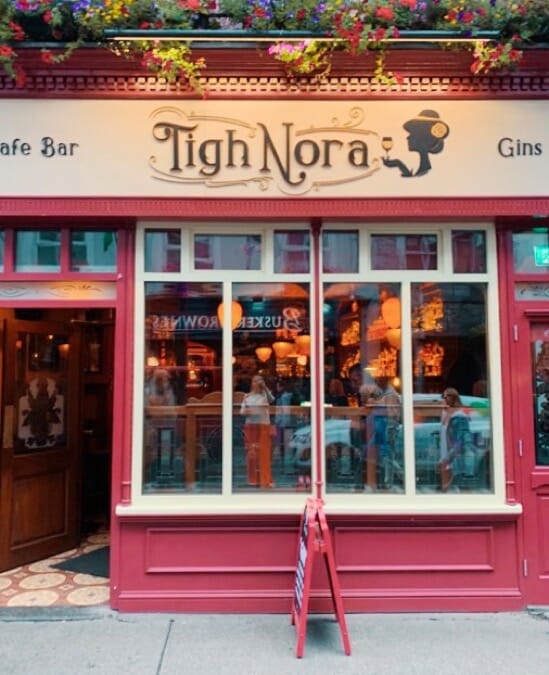
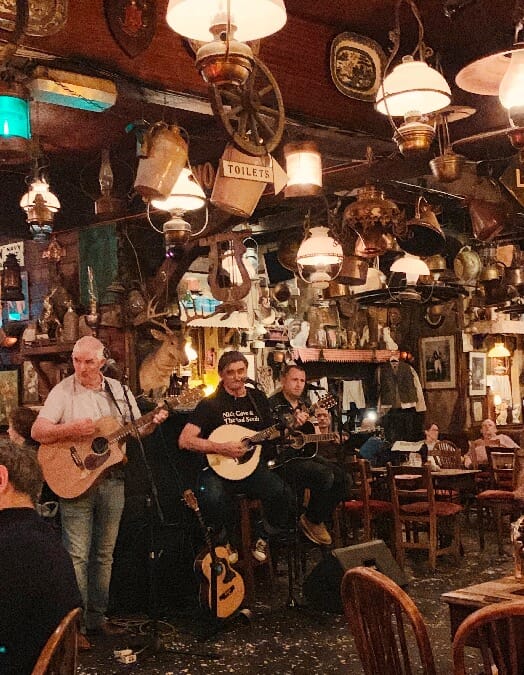
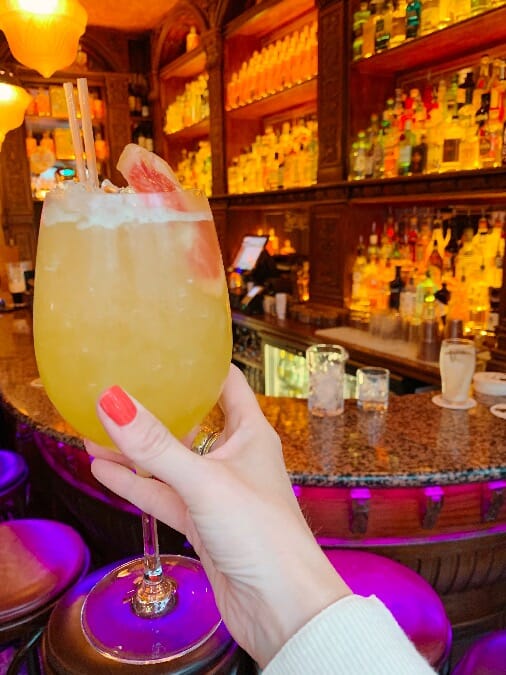
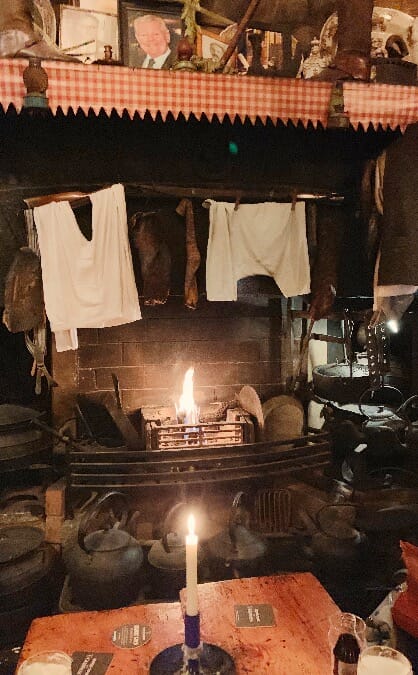
Galway tours you might like:
Wild Atlantic Way – Section 4:
The Cliff Coast and Southern Peninsular
Co. Clare to Co. Kerry to Co. Cork (Approx. 3 – 4 days)
About the Cliff Coast and Southern Peninsular
For your final Wild Atlantic Way fling, follow this route across three of Ireland’s most captivating counties. Brace yourself for Goliath cliffs, celestial beaches and otherworldly landscapes as you snake your way down the cliff coast and around Dingle peninsular, your eyes widening with every turn in the road. Then trade it in for the jewel that is Dingle and the star quality of Cork, before you bid your farewells and head home, richer than you could’ve ever imagined.
Your Route
Galway – The Burren – Ballyheigue – Dingle – Inch Beach – Cork
Your Itinerary
DO THIS
Drive through the Burren
The Burren is a unique streaked limestone landscape encrusting two hundred square kilometres of County Clare. This isn’t the pea-green Ireland that you’ve already seen; this is a hard land where the rocks dominate and flora only just manages to squeeze into the daylight from narrow crevices. Despite its tough exterior, it is beautiful in an extra-terrestrial way and definitely worth travelling through even if you’re not stopping to explore.
Take the Kilmar-Tarbert Car Ferry
If time is tight, hop from County Clare to County Kerry on the Shannon Ferry, bypassing Limerick and easing your slide south. This shortcut save you an hour and a half of driving the 137 kilometres to reach the same spot. Catch the ferry from Kilmar to Tarbert – it leaves every hour on the hour, costs from €20 per car and takes a breezy 20 minutes.
Stop for Sea Food Chowder in Quilty
Make a pitstop in the small coastal village of Quilty, just south of Spanish Point. The 360 degree views from this spot are breath-taking: the ferocious waves a poignant reminder of the Spanish Armada ship that met its end on the rocks nearby. Take a seat in The Quilty Tavern and order the seafood chowder. It comes steaming fresh with thick slices soda bread on the side.
Visit Christy Brown’s local in Ballyheigue
If you’ve read or seen My Left Foot, then you’ll know the name Christy Brown. He was the Irish writer and painter who had cerebral palsy and was able to write or type with only the toes on his left foot. He moved to the seaside village of Ballyheigue at the height of his fame in later life and often drank in Kirby’s Bar. Head inside and you’ll see a memorial to the author at the far end of the bar, set into a wall alcove in a glass case. In it are books signed by Christy, one of his typewriters, and a bronze bust of the writer.
Slea Head Drive on the Dingle Peninsular
The Dingle Peninsular is the Irish mainland’s westernmost point, poking out into the Atlantic like a gnarled tongue.
It’s here that you’ll find one of Ireland’s most scenic drives: the Slea Head Drive. This circular route, which starts and finishes in Dingle, snakes 47km through historic sites, Irish-speaking villages, famous Hollywood film locations and past other-worldly sites including the Blasket Islands and the Skellig Islands.
Follow the route (or as much of it as time allows) on the R559. Be prepared to stop along the way at Coumeenole beach (one of the most beautiful on the Wild Atlantic Way, in my opinion) and the fascinating Dunbeg Fort (one of the Fahan Group – a collection of prehistoric buildings located on the Dingle Peninsula).
GO HERE
Dingle Distillery
Gin fans have good reason to stop here: Dingle Gin has just been crowned the World’s Best Gin 2019. The warehouse, on the outskirts of Dingle town, is hard to miss: look for a teal-blue corrugated iron building still grinning from its latest gong. The distillery started life creating whiskey in 2012, but went into the gin business to make an earlier profit. Tours of Dingle Distillery run Mon – Friday and cost €10 pp. Book yourself on one and you’ll enjoy an energetic guide and tasting run by one of the distillery’s friendly staff.
Dingle Town
To not lose your heart to Dingle is, frankly, impossible. A haven for artists, writers, musicians, and runaways from around the world, Dingle perches expectantly on the edge of a fishing port – it’s a small town, yes, but has a huge heart and enough character to keep you smiling for days. Wander Dingle’s streets, where the quaint shops and bars and pubs are as colourful as bunting, soaking up the creative vibe. In summer, the streets clog with visitors whilst out-of-season it’s quiet with a gentler, local buzz. Get cosy in a bar – I recommend Dick Macks – and make conversation with those around you. We met new Irish friends in one snug who we felt like we’d known for years.
SEE THIS
Dingle’s famous dolphin, Fungie
In 1983 a bottlenose dolphin chose Dingle Bay for its home. Since then, this friendly dolphin (named after the fisherman who first found him, Fungus) has been keeping the local fishing fleet, pleasure boaters, kayakers, and swimmers company with a playful glint in his eye. He’s become the town’s unofficial mascot with up to 12 boats a day sailing from the harbour out into the bay to see him. Now in his dotage, Fungie won’t last forever – so if you do get the chance to catch a glimpse of him, it’s a morning or afternoon well spent.
EAT THIS
Novecento Takeaway Pizza in Dingle
Trust me, this is THE best pizza being served in Dingle. In fact, this Novecento pizza is one of the best take-away pizzas I have ever tasted. Forget fine dining for your last Irish blast: choose instead take out from Novecento (opposite the Droichead Beag Pub), then find a beach (see opposite) and let your last Irish sunset ease your way to bed.
FINISH HERE
Inch Beach
A giant of a beach, with a thick belt of powdery sand that sweeps for almost 4 miles. Find it 20 minutes from Dingle town, lying within Daingean Bay.
The drama of Inch Beach hasn’t gone unnoticed over the years: it was the setting for some of David Lean’s epic film, Ryan’s Daughter and the entire location of the 1962 film The Playboy of the Western World. Walk its length or sign up for surf lessons to play in the waves.
When you’re hungry, head into Sammy’s café on the beach. It serves delicious breakfasts, lunches and dinners.
Book to stay here: Inch Beach House B&B
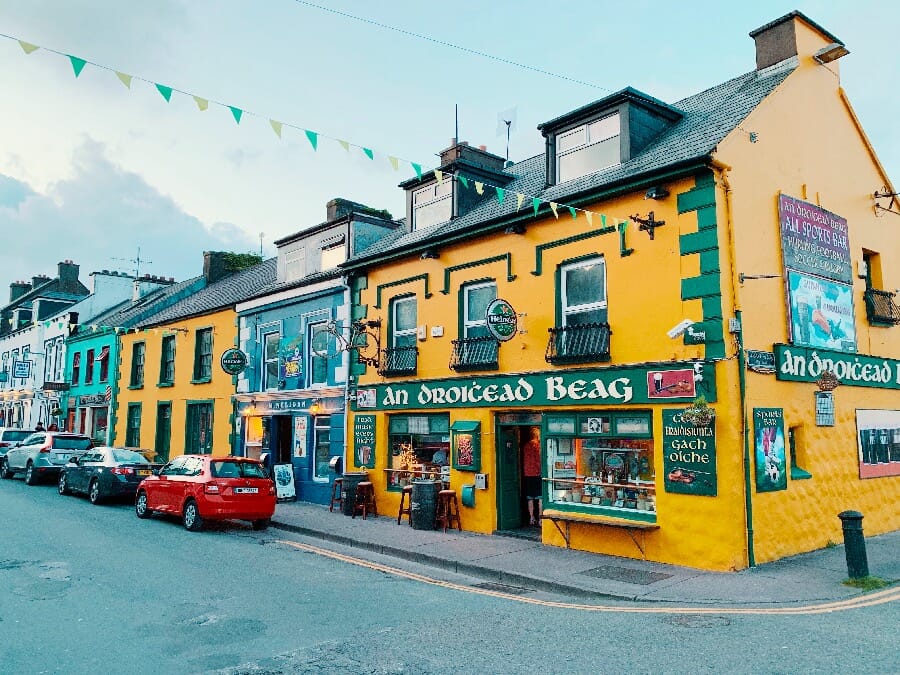
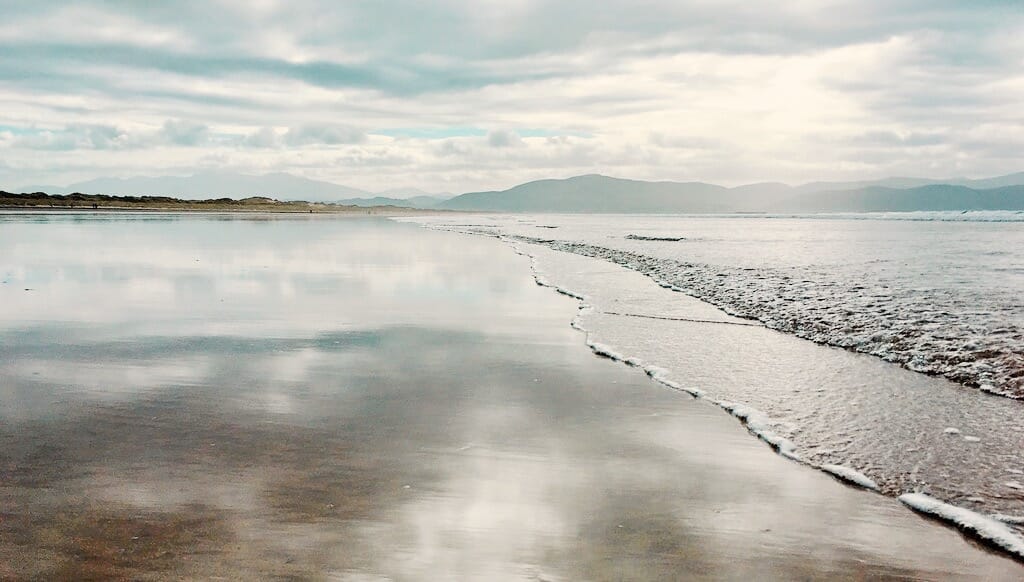
Dingle tours you might like:
Need to Knows
The Wild Atlantic Way
Is the Wild Atlantic Way easy to navigate? The Wild Atlantic Way route is a breeze to follow by car thanks to a €10 million investment by Irish tourism in ‘wave’ road signs that show you where to go. Coupled with this are the 188 Wild Atlantic Way Discovery Points and interpretation panels sharing the story, history and heritage of the area to absorb when you arrive.
Helpfully, the route is divided up into six easy touring zones: The Northern Headlands, The Surf Coast, The Bay Coast, The Cliff Coast, The Southern Peninsular and The Haven Coast. There’s also an app to download, an online route planner that’ll help you plot the perfect journey, and a ‘passport’ for you to buy to tick off scenic spots as you weave along.
How long does it take to drive the Wild Atlantic Way route? As you’d expect, each touring zone on the Wild Atlantic Way route has its own enigmatic character and unforgettable experiences, so there are endless possibilities for bespoke road-tripping.
This means, to travel the entire length of the Wild Atlantic Way and do it justice, you need weeks – not days. Some people recommend 4 weeks, others longer. Alternatively, you can also bite off a chuck at a time with the days you have available (like I did) and make a promise to go back to finish another chunk next time (like I have).
But whatever length of road trip you choose, the Wild Atlantic Way route is not an experience to be rushed. Even though the roads have a speed limit of 100km, they’re far from straight: they ribbon and curl with sharp bends, sheep and the occasional tractor to navigate your away around. So take your time.
What to Packs
The Wild Atlantic Way
Walking boots or shoes are a must. Although a lot of the time you’ll spend travelling the route by car, much of the Wild Atlantic Way demands some time on foot. Whether it’s a quick walk across the sands of a beautiful beach or a hike up a mountain, your feet will need to be prepared.
I recommend: Berghaus Women’s Explorer Active M Gore-Tex Walking Boots
Waterproof jacket or raincoat. This part of Ireland isn’t green for nothing. Rain and wind are a common occurrence so make sure you’ve something to keep you dry. Even during the summer!
I recommend: Rab Womens Downpour Plus Jacket
Headache tablets and rehydration salts. No joke. The Irish know how to drink and unless you have a hollow leg, you’ll put away a lot of Guinness, Whiskey and Gin.
Flask and cool bag. Keep yourself going on the road with a flask full of Barry’s Tea – get top ups on the route at local garages. Pack your cool bag with ice and tonic; you’ll want an Irish gin to watch the sun set with. I strongly recommend the Dingle Gin from the Dingle Distillery.
I recommend: Hydro Flask
Marco Polo Pocket Guide to Ireland 2019 Edition. Perfectly suited for a road trip like this, the Marco Polo Pocket Guide to Ireland that came with me was invaluable. It slotted neatly into my luggage and my handbag, then slipped easily into a back pocket when we were exploring on foot. This isn’t your weighty tome of a guidebook; this is snack-sized info and advice, packed with colour photos for easy, effortless digestion.
I loved how simple it was to dive in and out of the pages for quick insider tips and recommendations (we found a number of fabulous eateries and bars thanks to ours). Plus, it came with a handy pull-out map of Ireland that helped us get our bearings on numerous occasions, as well as street maps (we used ours to navigate around Cork city), and a Discovery Tours section that showcased some other Irish road trips that I’m now desperate to take. A trusted addition to any suitcase. If they produce a West Coast of Ireland guide in the future, I’ll be first in line!
Discover more about Marco Polo Guides
You might also like these handy guides:
Pin for later:
My Open and Honest Policy:
* This post was sponsored by Marco Polo Travel Guide, which means I received a fee for using their Pocket Guide to Ireland on my journey through the Wild Atlantic Way. The trip itself was arrange prior to our partnership – and seeing as I needed a good travel guide, I said yes to the collaboration. As always, this review reflects my honest feelings of the guide and I was in full editorial control of the content I produced for Marco Polo at all times, including this article and my social media content.
This post also contains affiliate links so if you buy something that I recommend I’ll receive a small percentage of the sale. This is very normal and allows sites such as this to earn money and continue producing great content.
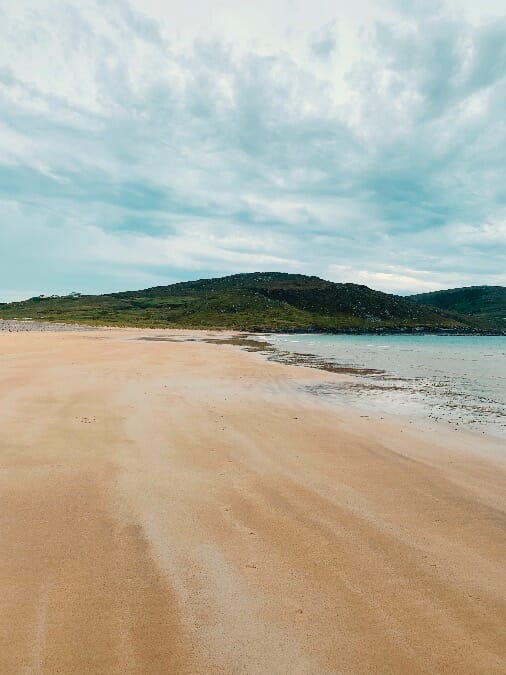
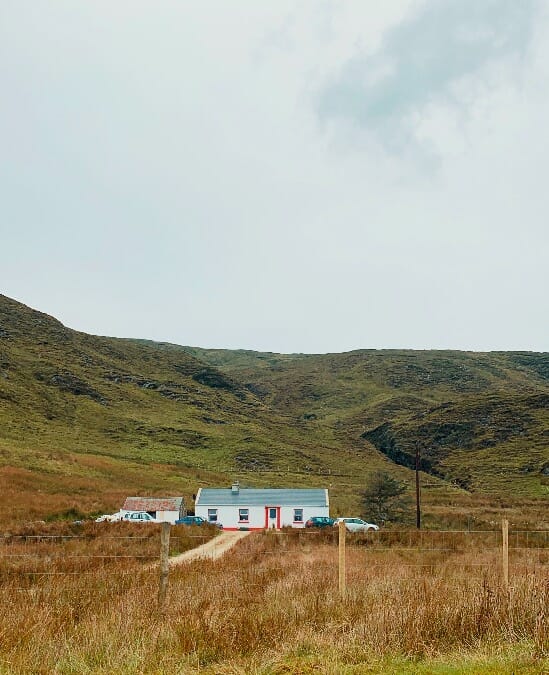

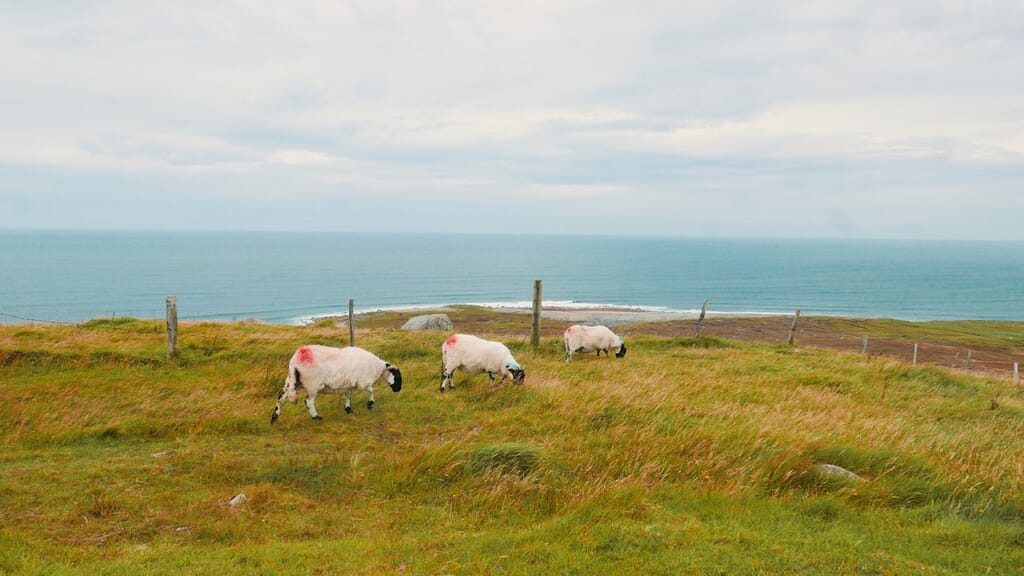

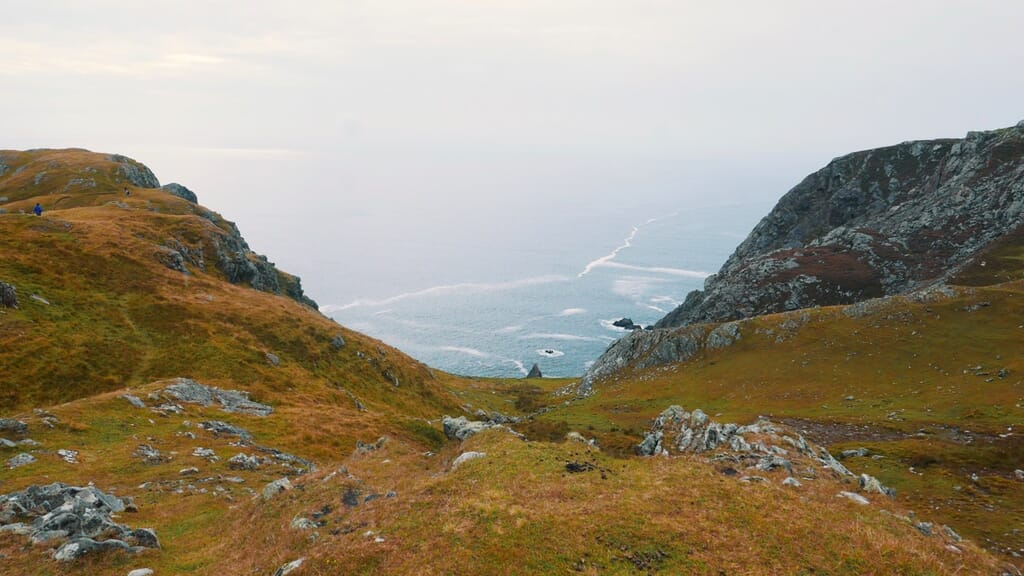
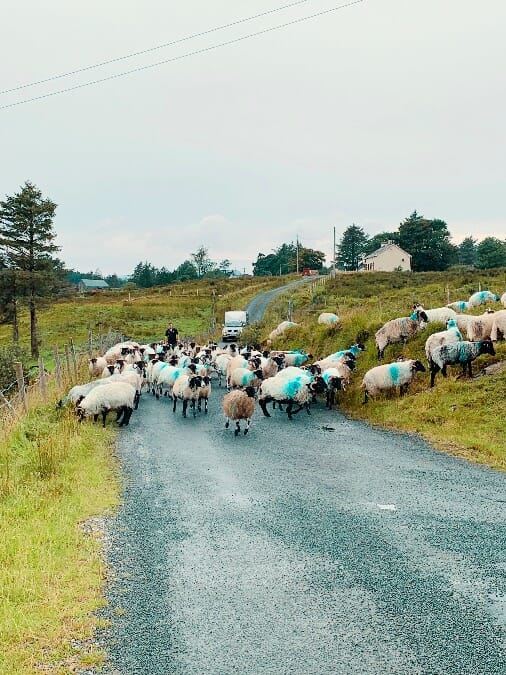
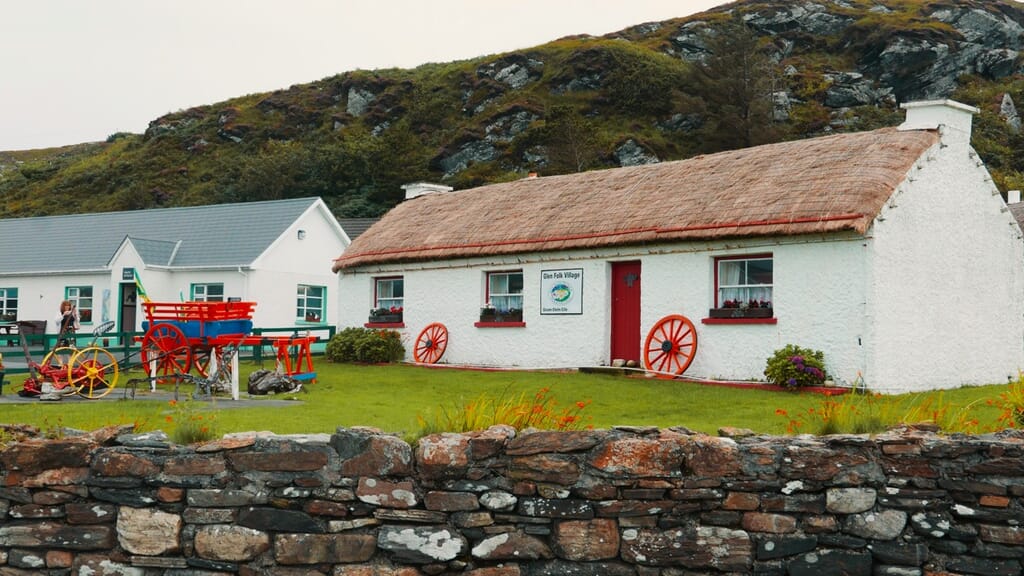
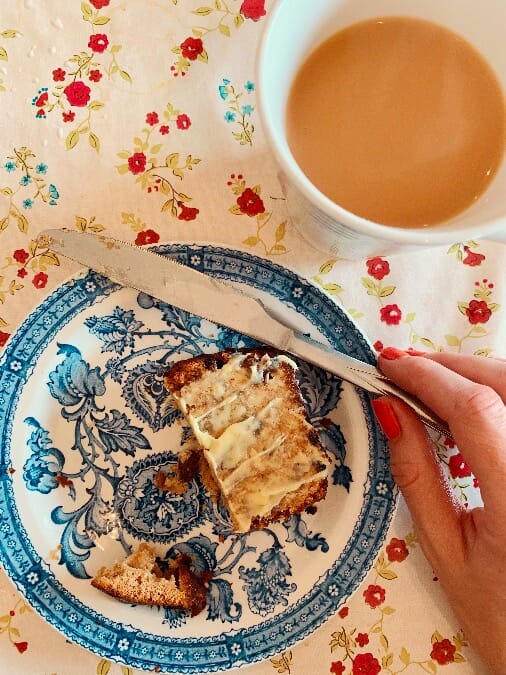
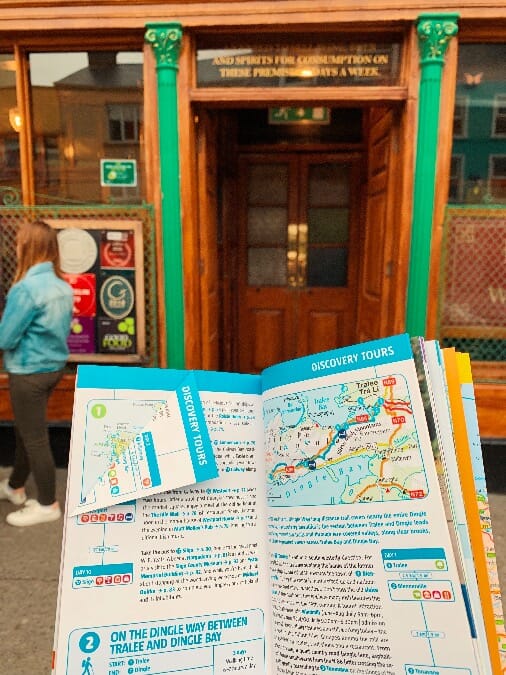

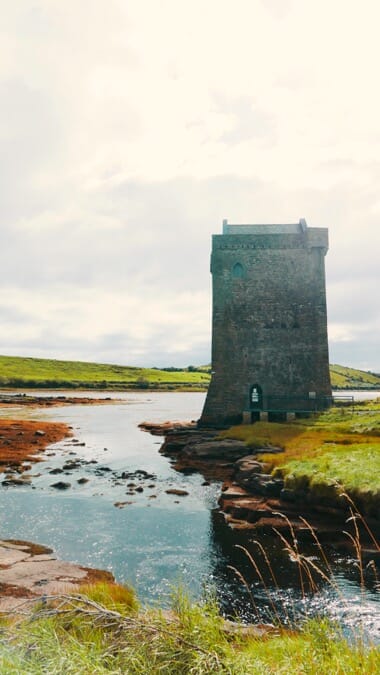

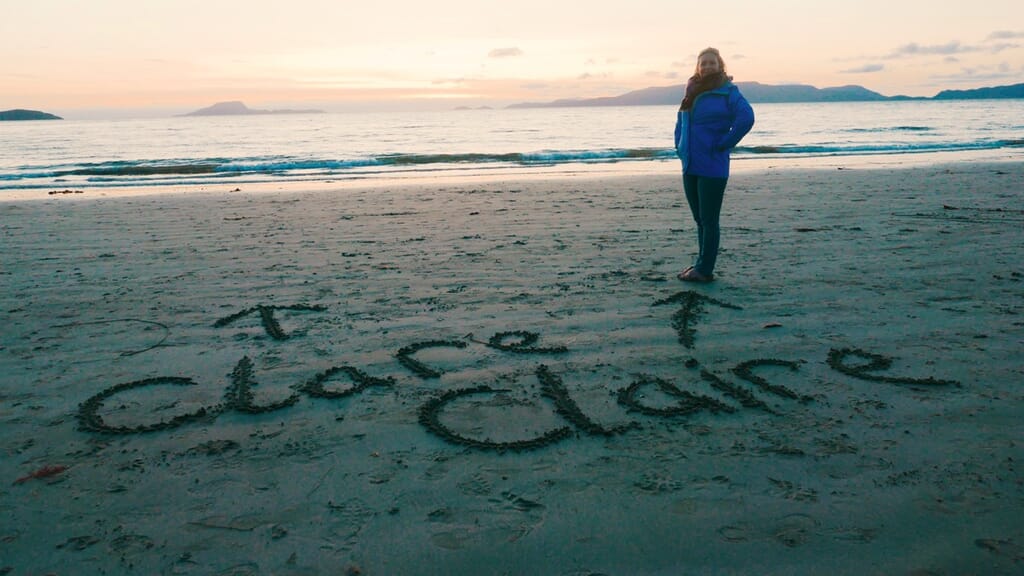
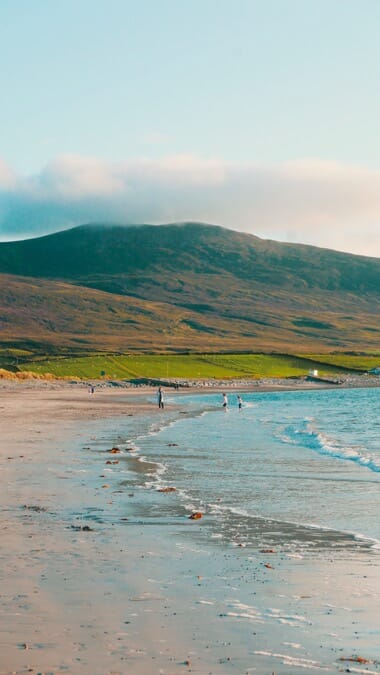
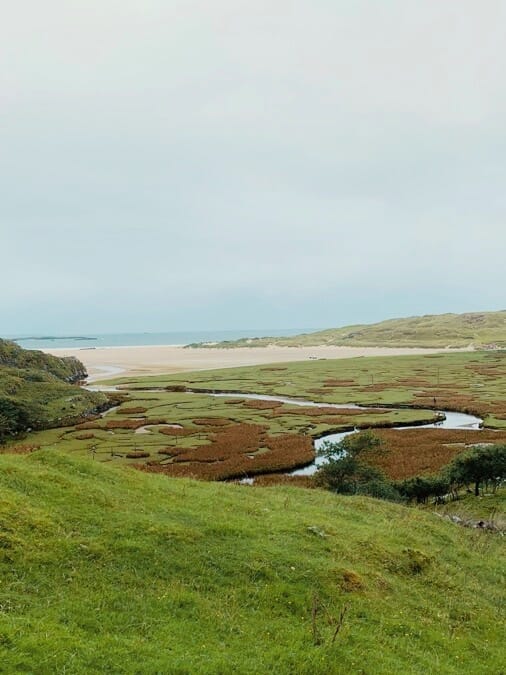
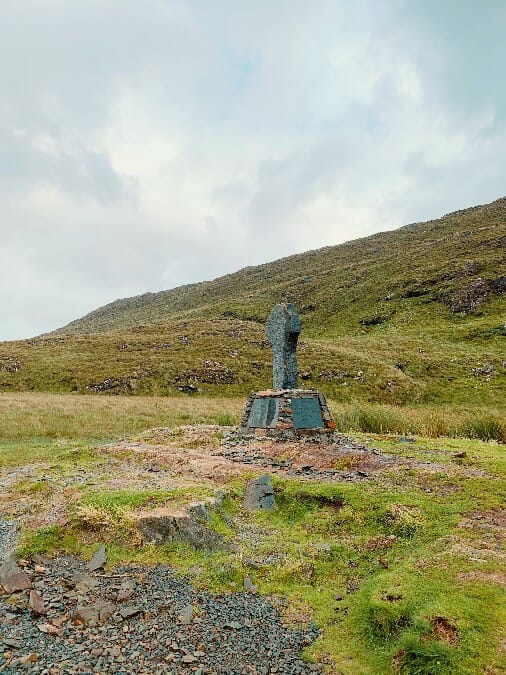
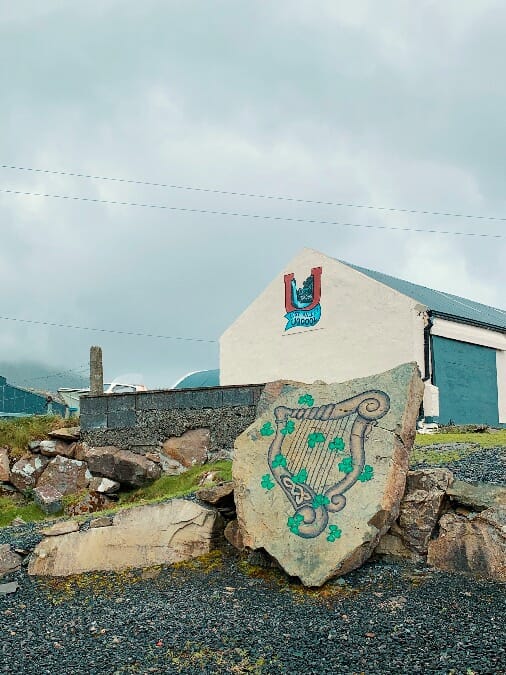
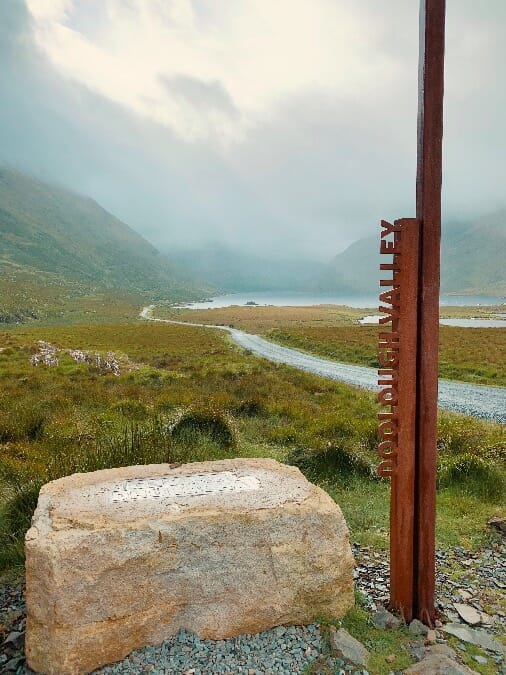
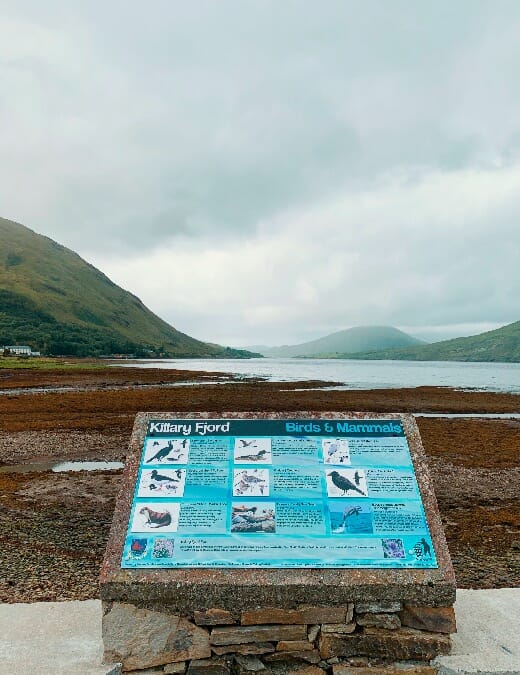
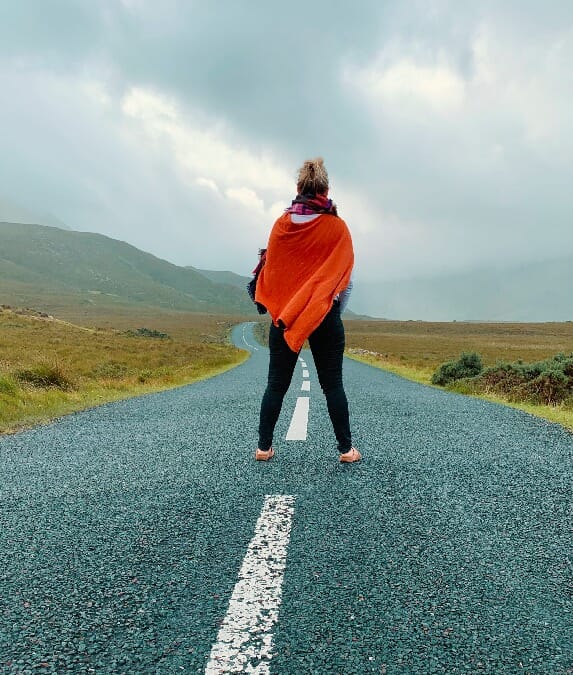

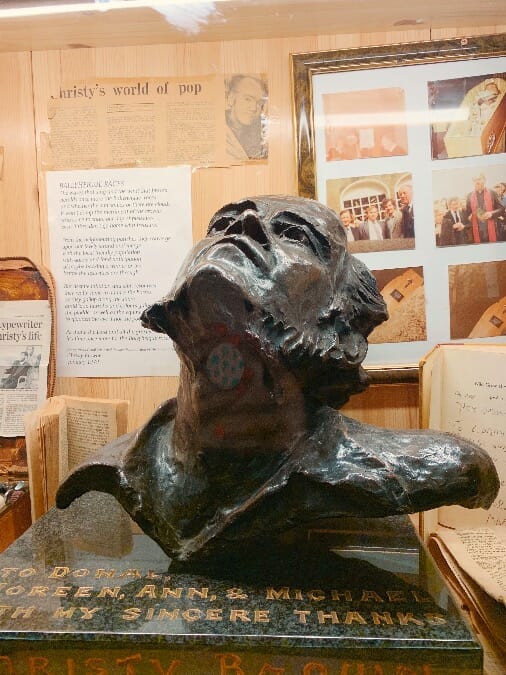
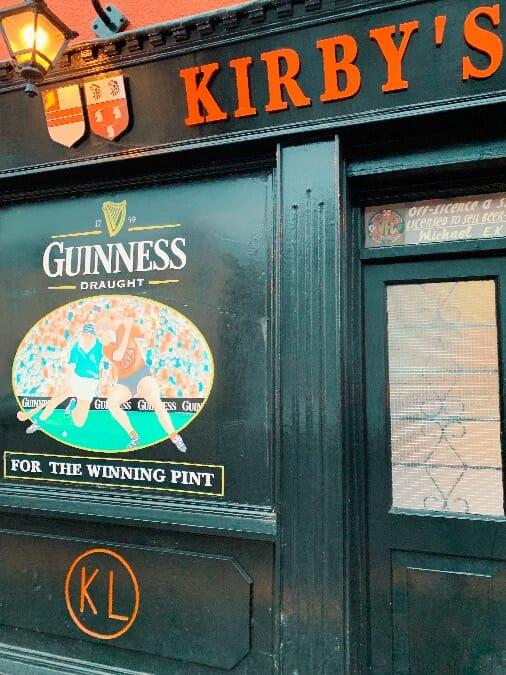
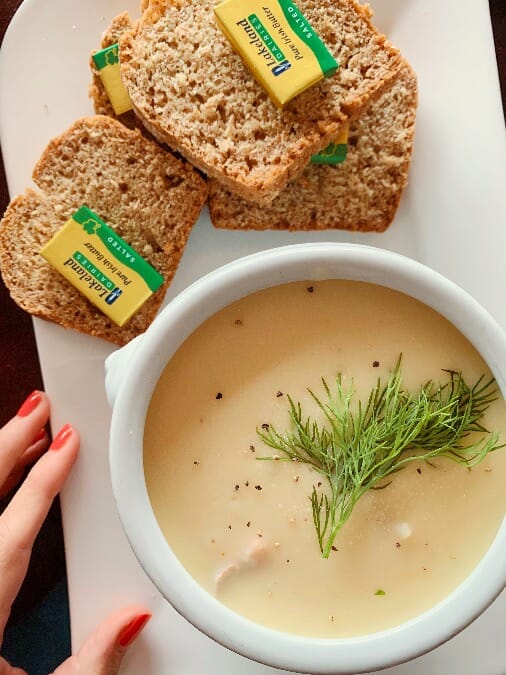



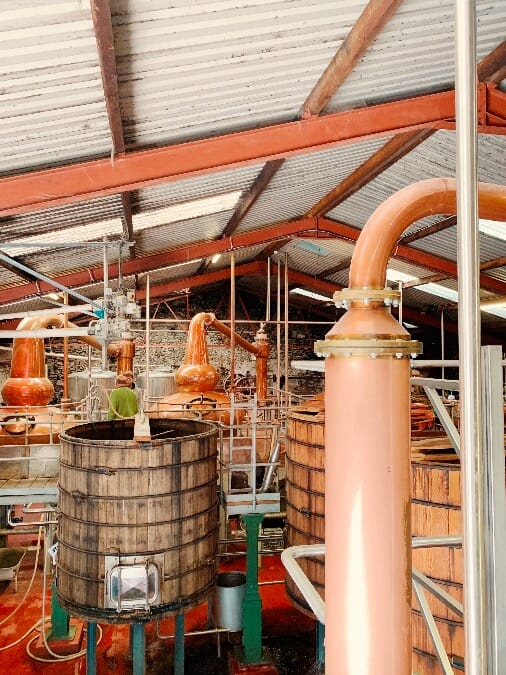
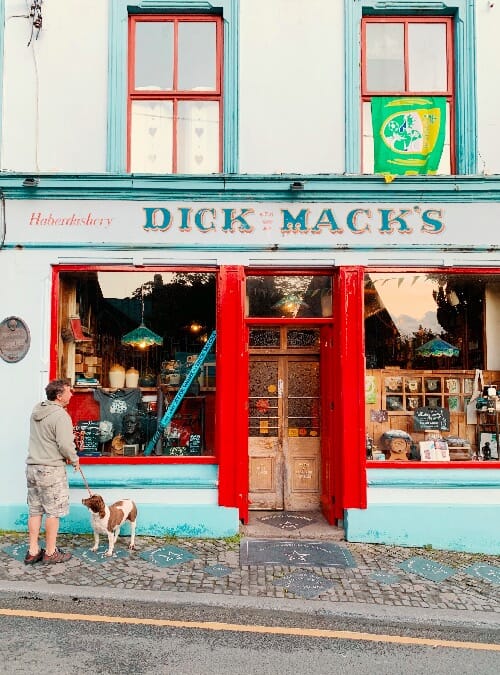
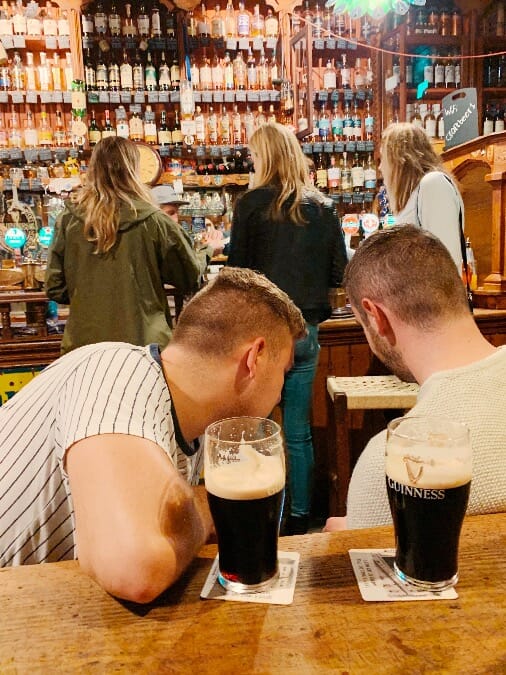
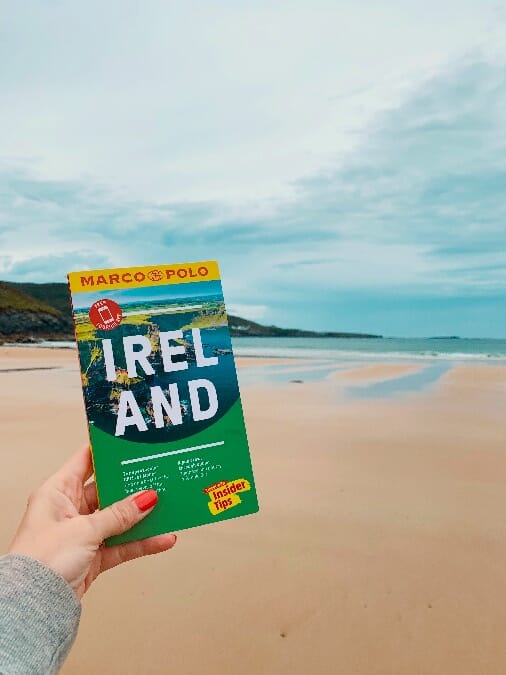

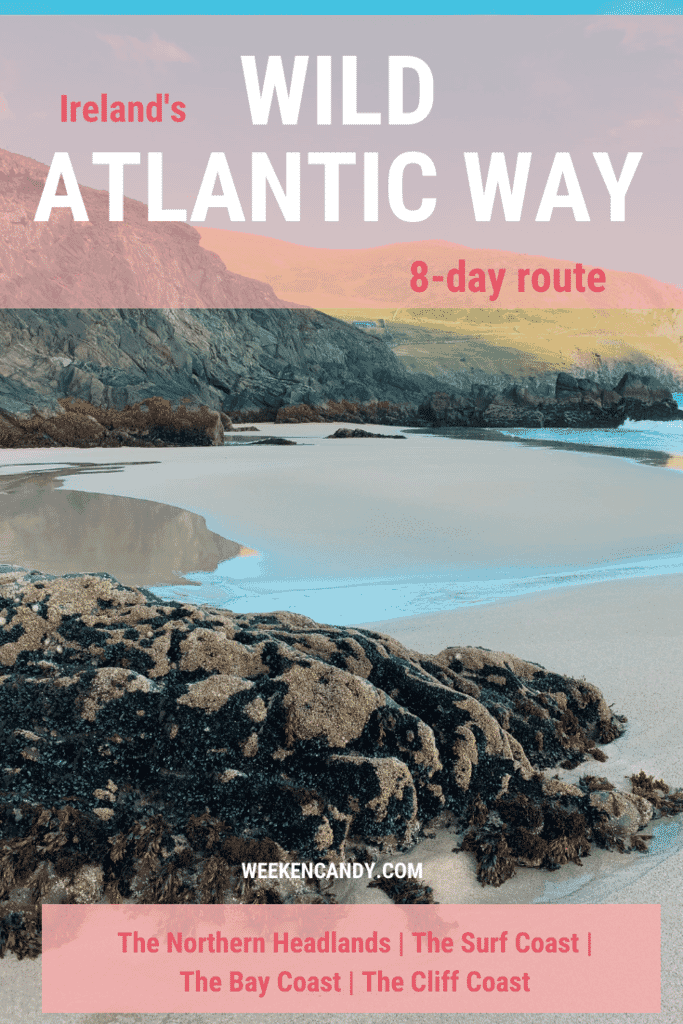
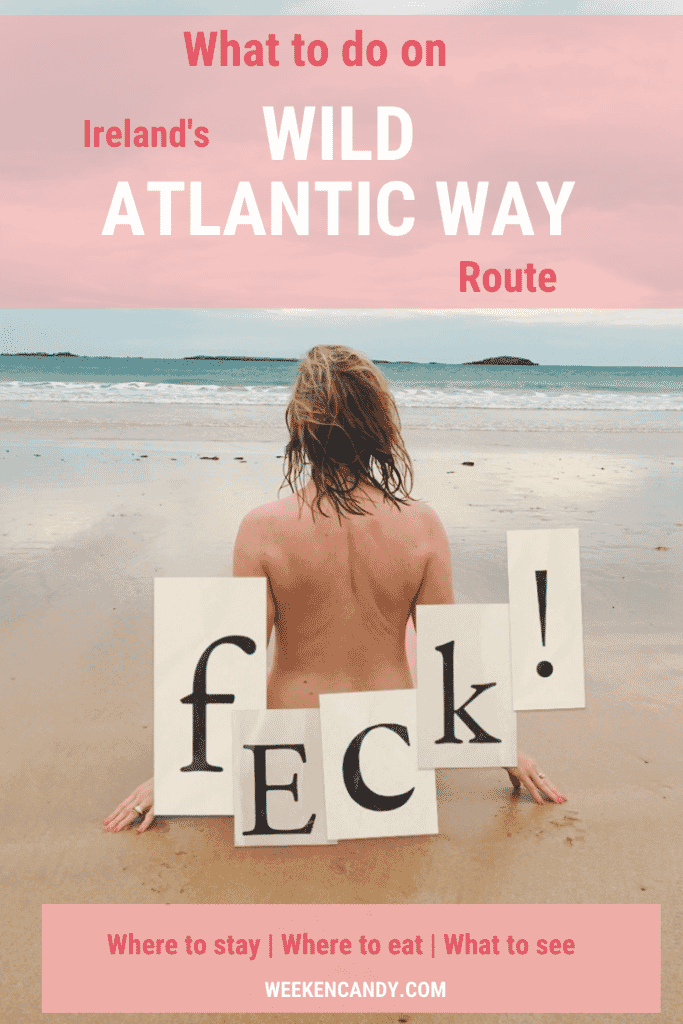
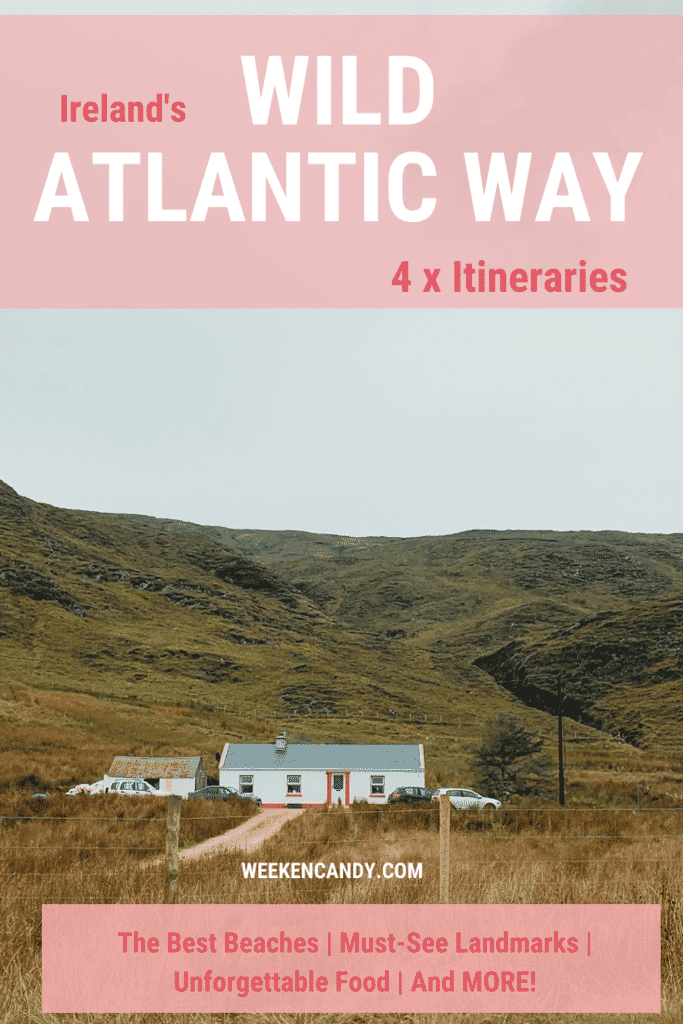
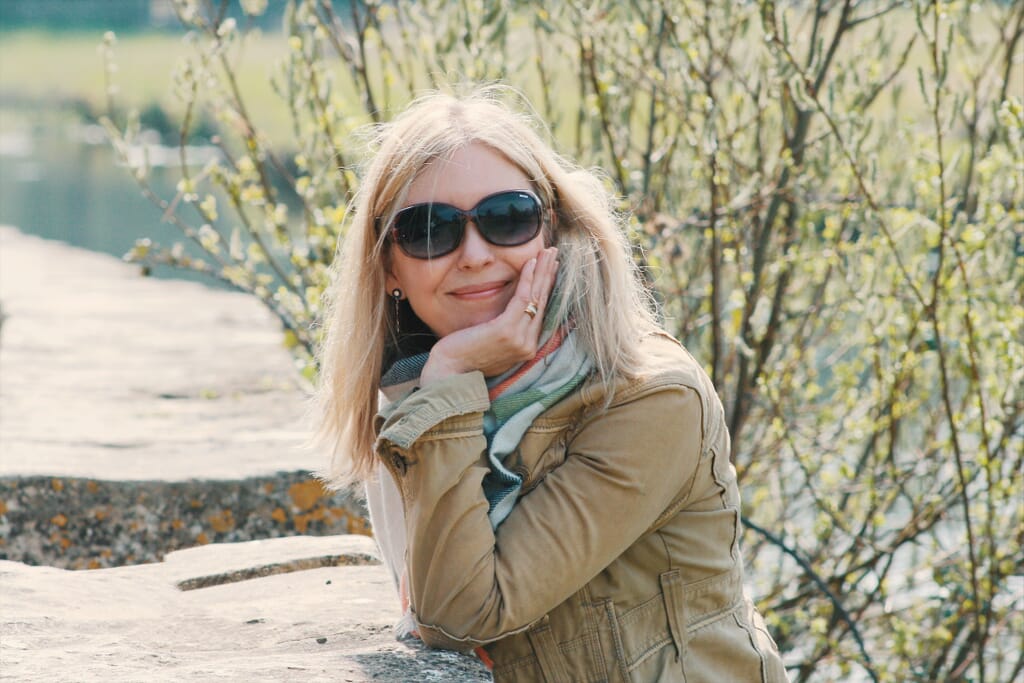

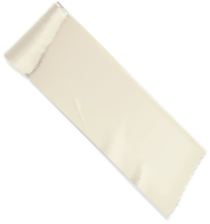
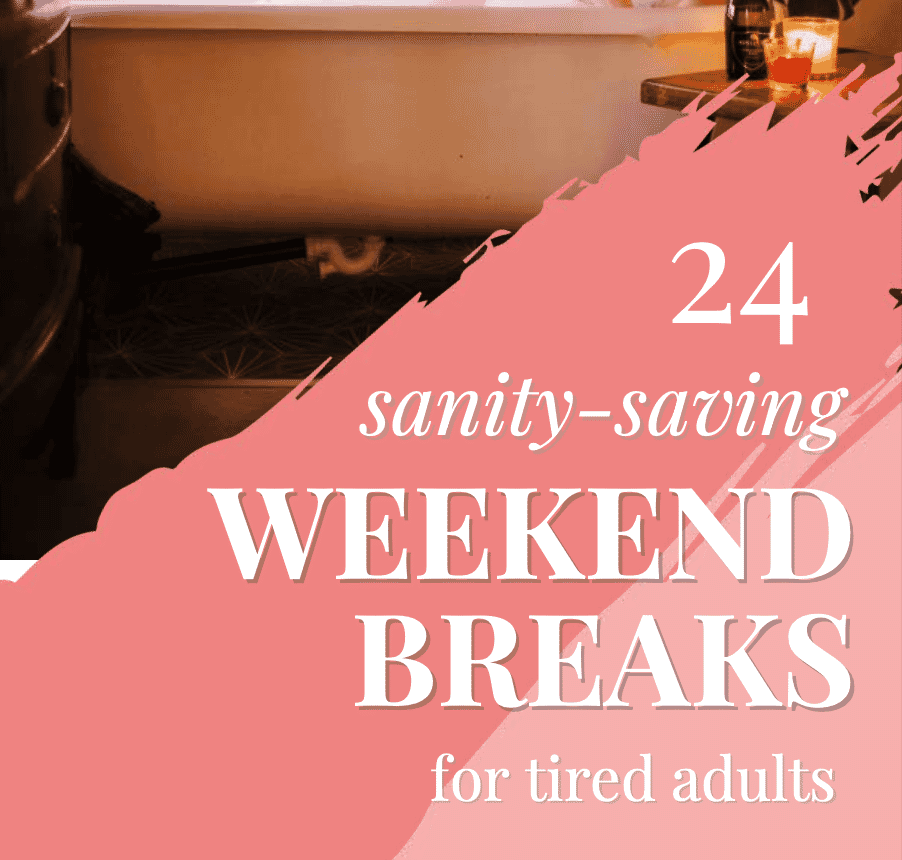

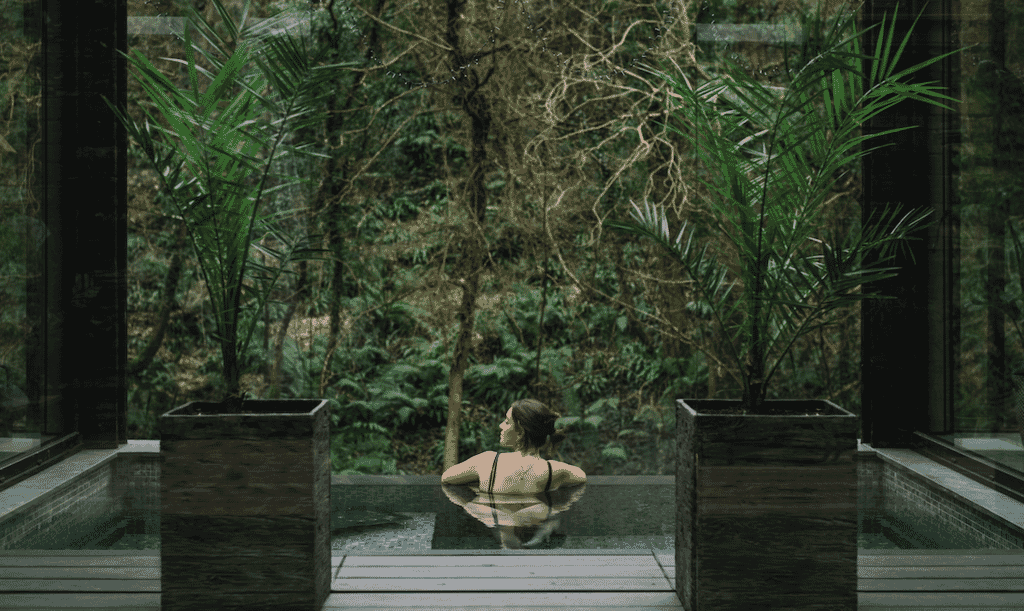

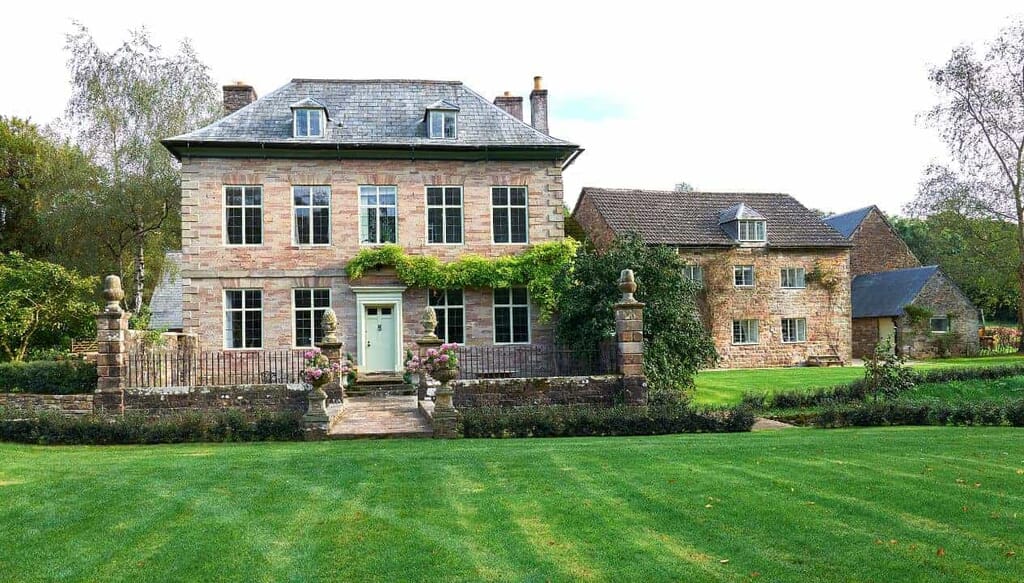

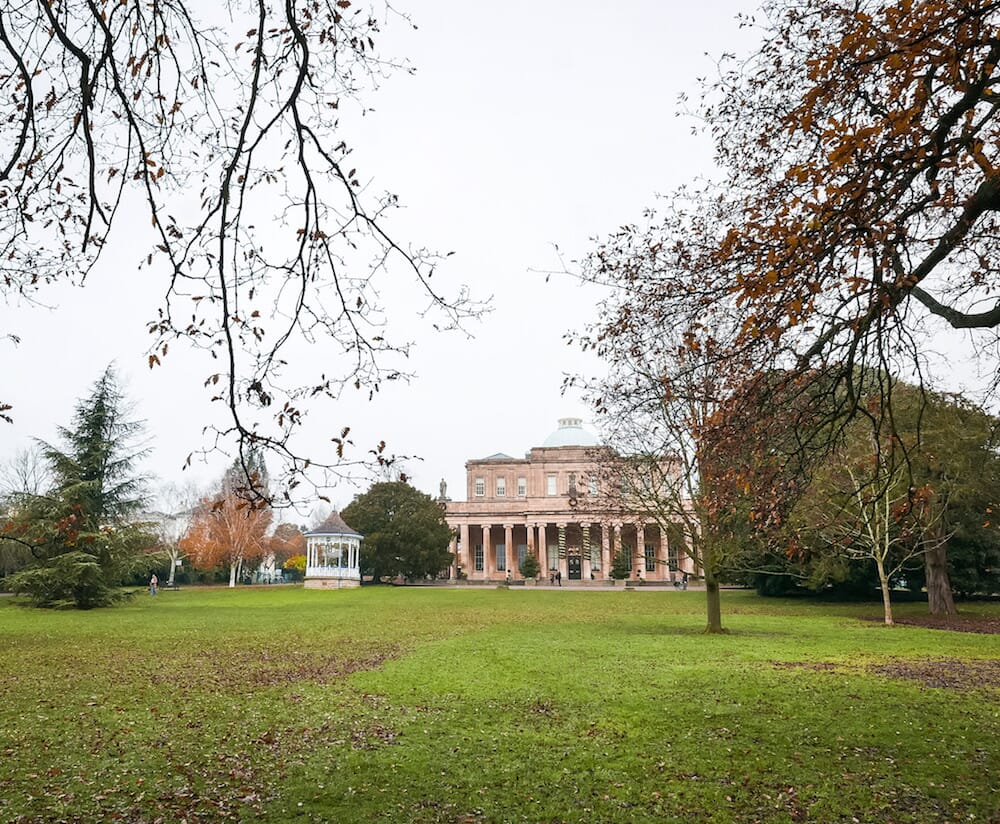
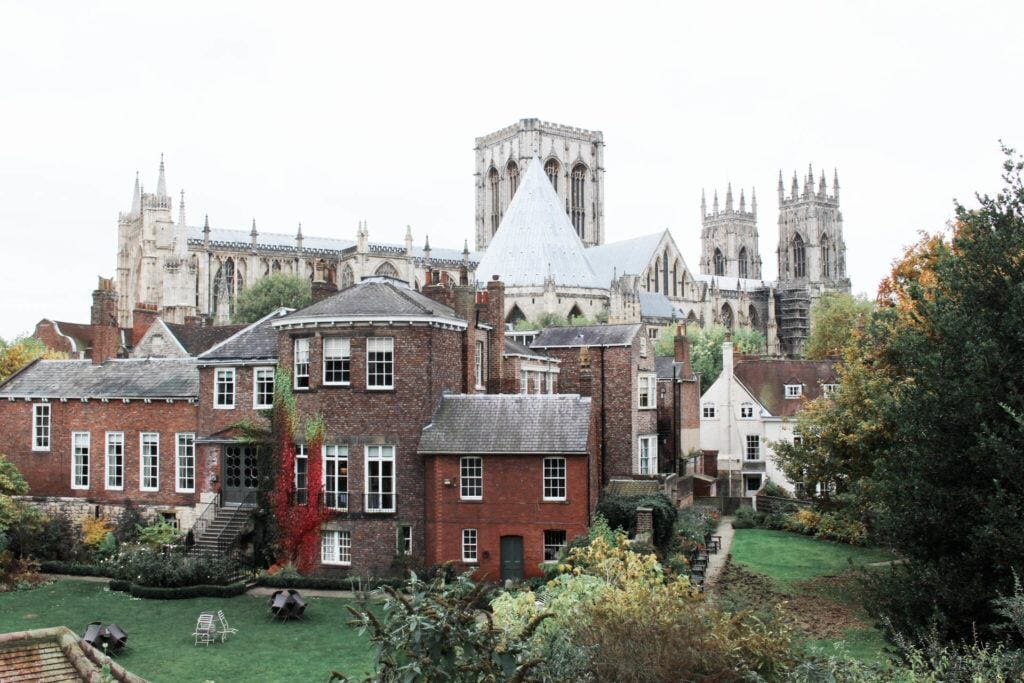
Jaillan Yehia on 2019-10-24 00:04:34